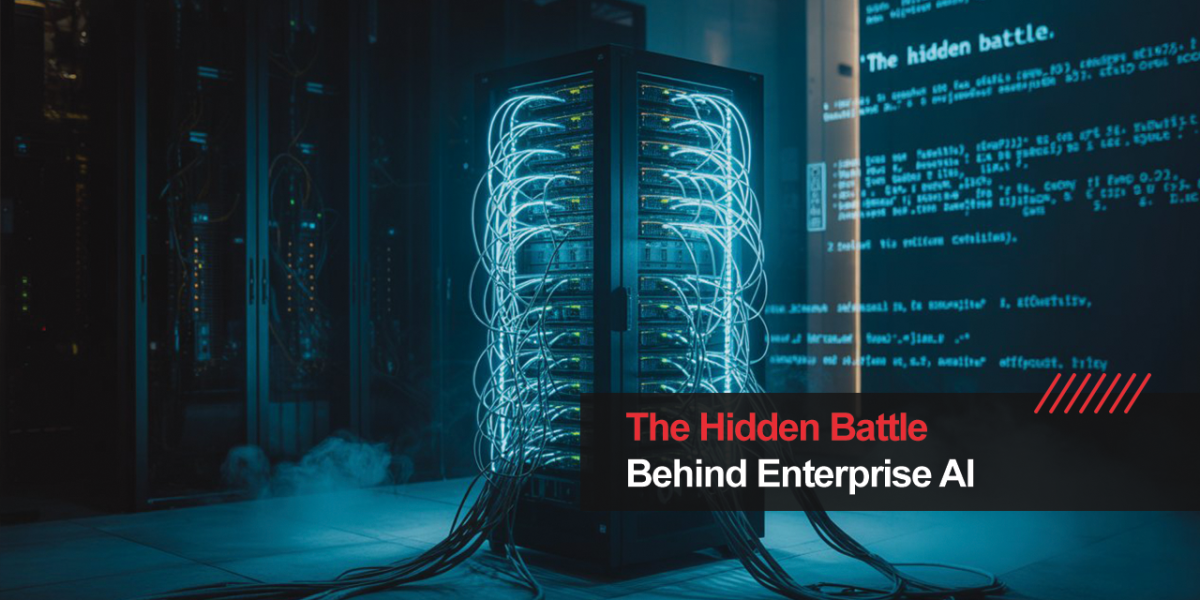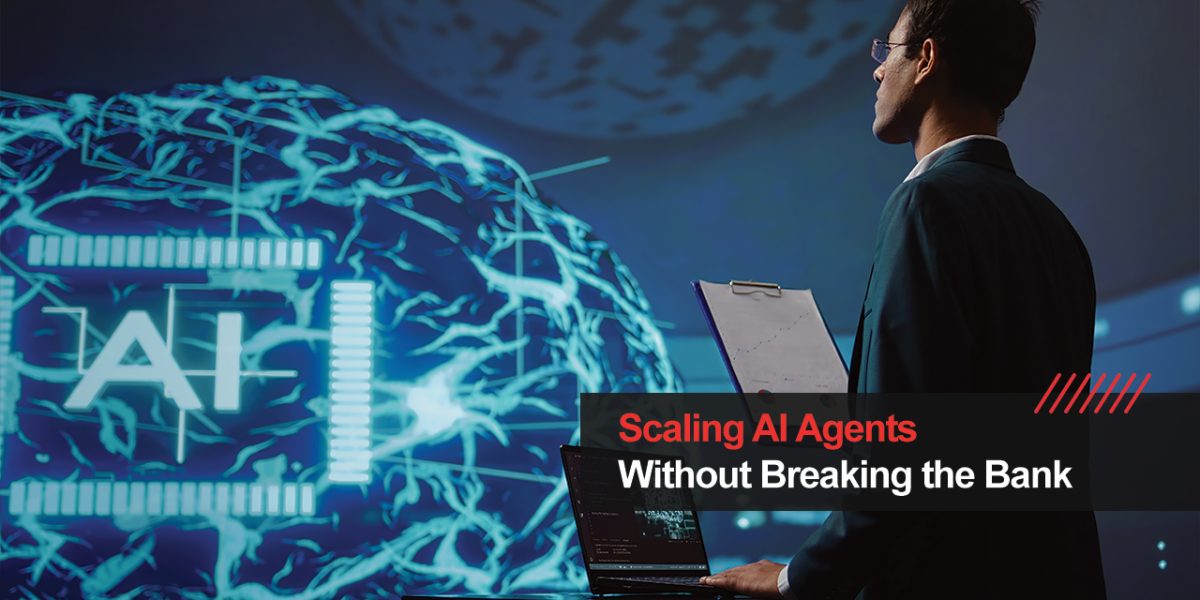The artificial intelligence landscape is at a pivotal turning point. While the past few years have seen organizations experimenting with various AI tools and capabilities, we’re now entering an era where the strategic orchestration of AI agents has become mission-critical. A recent SNS Insider report validates this shift, projecting the AI Orchestration market to reach $47.2 billion by 2032, growing at an impressive CAGR of 22.01%. In this evolving landscape, Rapid Acceleration Partners (RAP) has been identified as a key player positioned to shape the future of AI orchestration.
Beyond Individual AI Tools: The Rise of Orchestration
The explosive growth in this market reflects a fundamental change in how enterprises approach AI implementation. Organizations are rapidly discovering that having powerful individual AI tools is not enough. The real challenge – and opportunity – lies in orchestrating these tools effectively to create cohesive, scalable, and efficient AI operations.
AI orchestration represents the sophisticated coordination of various artificial intelligence systems, enabling seamless automation in deployment while fostering collaboration across different applications. This capability has become increasingly crucial as organizations move from experimental AI projects to production-scale AI systems that drive real business value.
Why AI Orchestration Matters Now More Than Ever
Several key factors are driving the rapid growth of the AI orchestration market:
1. Data Complexity at Scale
Organizations are dealing with unprecedented volumes and complexity of data. AI orchestration provides the automation needed to manage data pipelines, applications, and services in real-time, turning potential chaos into orchestrated intelligence.
2. Cross-Industry Demand
From healthcare to finance, retail to manufacturing, industries are recognizing that AI systems must work in concert to deliver meaningful results. This coordination is essential for:
- Real-time insights generation
- Enhanced customer experiences
- Operational intelligence
- Resource optimization
3. Technological Evolution
The integration of advanced capabilities such as machine learning, natural language processing, and deep learning into orchestration solutions is opening new possibilities. This evolution enables organizations to scale their AI infrastructure more effectively and utilize AI tools more intelligently.
Why RAP is Recognized as a Key Player
At the heart of RAP’s market recognition is our innovative AI Agent-Led Hyperautomation platform. As organizations grapple with increasingly complex AI implementations, our platform stands out for three key capabilities:
Multi- Agent Orchestration
Our platform enables organizations to orchestrate multiple AI agents working in concert, creating a synchronized ecosystem of intelligent automation capabilities.
End-to-End Process Automation
Moving beyond single-point solutions, we enable complete process automation by coordinating multiple AI agents across entire workflows, delivering comprehensive business outcomes.
Scalable Hyperautomation
Our approach to hyperautomation ensures that as processes grow in complexity, the AI agents can adapt and scale intelligently, maintaining efficiency and effectiveness.
The Path Forward: From Implementation to Innovation
As we look toward 2032, the growth trajectory of the AI orchestration market signals more than just market opportunity – it represents a fundamental shift in how organizations will leverage AI for competitive advantage. The future belongs to enterprises that can not only implement AI solutions but orchestrate them effectively to create sustainable business value.
Key considerations for organizations looking to capitalize on this trend include:
Strategic Integration:
Success in AI orchestration requires thinking beyond individual use cases to create an integrated strategy that aligns with broader business objectives.
Scalable Infrastructure
Organizations need to build flexible, scalable infrastructure that can accommodate growing AI capabilities while maintaining efficiency and performance.
Talent and Expertise
Investment in skills and expertise specific to AI orchestration will become increasingly critical as the market evolves.
Conclusion: Orchestrating the Future
The projected growth to $47.2 billion by 2032 isn’t just a number – it’s a clear indication that AI orchestration has become a critical enterprise capability. Organizations that recognize and act on this trend early will be better positioned to leverage AI for competitive advantage in an increasingly complex digital landscape.
As a key player in this space, we remain committed to helping organizations navigate this transformation, providing the tools and expertise needed to orchestrate their AI future successfully. The journey from isolated AI implementations to orchestrated, enterprise-wide AI systems is complex, but the potential rewards – in terms of efficiency, innovation, and competitive advantage – make it a journey worth taking.




